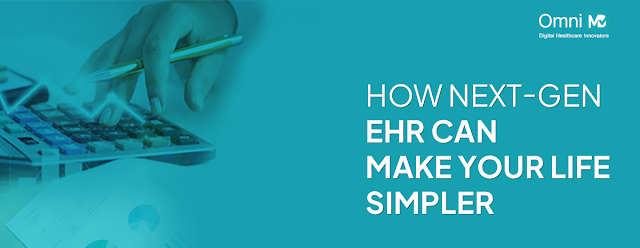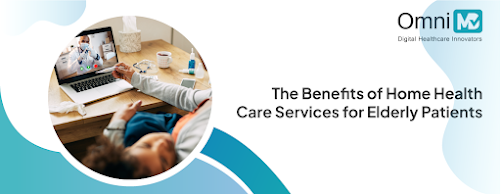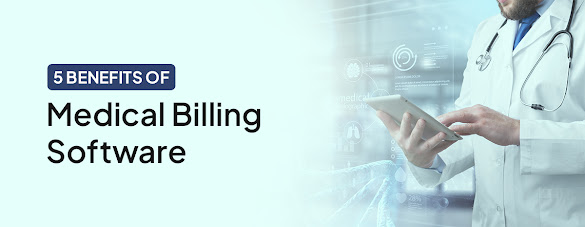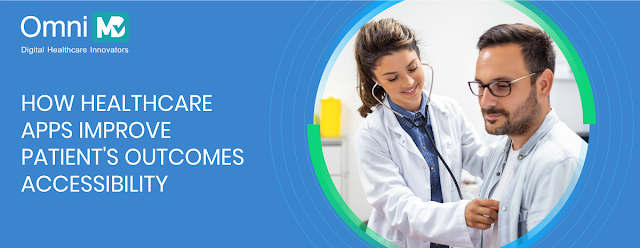How Next Gen EHR Can Make Your Life Simpler
Change is constant. This applies to the field of patient data, whether handled by individual doctors or large hospitals and healthcare service providers across the country. From storing patient records in Excel sheets to database systems, the world of patient data records has progressed to electronic health records. Even within this, we have different electronic health record systems, such as one hosted by individual physicians known as electronic medical records, remotely hosted electronic health record software, and remote systems accessible to many users.
However, these existing Electronic Health Record Systems are passive or historical, simply maintaining a record of the patient's illnesses, diagnostics, and treatments at one or more facilities. This is good but proves to be a stumbling block when there are significant issues like a pandemic where other parameters come into play, such as preventive and proactive measures to identify vulnerable populations, keep track of infected individuals, their recovery rate, their specific conditions, and reactions to treatment and data to take steps to prevent spread. There are blocks such as high cost, excessive documentation, and lack of user-friendliness in currently existing EHR systems. Most of these focused more on the administrative and financial side, with the medical side added as an afterthought. These systems also imposed additional work burdens on personnel. The COVID-19 pandemic worldwide brought out these deficiencies and paved the way to introduce changes to electronic health record systems for the future.
It is time to change the electronic health record systems and how they are implemented and used.
In fact, according to EHR Intelligence, the use of EHR in July 2020 increased by 2.06% compared to the pre-pandemic times.
As detailed below, future electronic health record software developments could and should include various advancements.
Structural and technical underpinnings
Future EHR Software applications should have solid technical underpinnings to incorporate the latest advances in IT technologies, such as:
Algorithms must be incorporated into medical EHR software to combine various case conditions, interconnected health issues, treatments based on patient situations, and flexibility for healthcare workers to step in as may be needed according to the problem but automatically and speedily with minimal human intervention.
Such futuristic electronic health record ehr solutions would also have advanced decision support and workflow logic to remind team members through various channels about patients, available plans and facilities for fast action.
The future medical ehr software will be able to fluidly deliver analytics for individuals and populations within specific geographic regions and have predictive capabilities regarding the spread of disease.
Intelligence At The Core
Current EHR software applications focus on maintaining past patient data, their activities, and particularly the revenues side. Incorporation of intelligence into such EHR systems is relatively easy, given the voluminous amounts of data sets that can be used for machine learning to facilitate predictive capabilities. It could, for example, analyze variables such as whether a patient is following a treatment routine, their deviations, and possible outcomes and suggest possible steps to remedy this situation. Importantly, futuristic electronic health record systems should be able to analyze and deliver suggestions to busy doctors so that they can put such tips into practice instead of wasting time thinking about individual problems. Indirectly, studying patients who are infected with a specific disease in bulk could show peculiar conditions that would be missed by most doctors treating individual patients. Real-time significant data analytics must become part of the overall electronic health record system worldwide or countrywide. This is similar to the airline's reservation system, where all stakeholders can get information in real time. This also has implications for disease detection, spread, and preventative measures.
The Question of Access
Though electronic health records are available for sharing by healthcare service providers, access remains limited. The accessibility issue must be addressed, considering that 66% of users search for information online, and 88% of appointments are booked via phone or digital means. Electronic health record systems can take a leaf out of how businesses manage their communications and customers by providing remote multi-channel access across various devices with fluid crossover from desktops to mobiles as and when needed, both for patients and doctors.
Technologies to incorporate are natural language processing, voice recognition, and IoT to further broaden the scope of accessibility.
The question of accessibility also leads to standardization and uniformity of electronic health record systems and data protocols for glitch-free use and operation.
Accessibility also raises issues of security that can be addressed using blockchain technology for validation, data security, claims, authentication, and insurance fraud prevention.
Multiplicity Of Plans
Healthcare services would vastly improve, and patients would benefit if future electronic health record software were incorporated into the facility to enable providers to prepare plans for various contingencies.
Population Health Management
Instead of considering a single patient, future Electronic Health Record systems can help providers set up plans for populations based on disease, age, gender, and economic drivers. Data can be gathered through various devices like smartwatches and IoT devices, and providers can take inputs to devise flexible plans.
Health Information Exchange
Interoperability is a part of EHR but needs to be improved to give immediate access to any health care services provider, especially in cases of emergency.
Training
The more sophisticated a medical health record solution becomes in the future, the more complex it is likely to be, and it will likely involve a learning curve. Service providers in the healthcare segment would work alongside solution providers to give training to bring users up to speed on 5G technologies, AI's benefits, IoT and wearables, and how to use the system to derive the maximum benefit. After all, sophisticated electronic health record software is like a sophisticated car or aircraft—one must know how to use it, or it will be practical and of little use. It pays to join hands with a suitable vendor who considers all these aspects when you use medical EHR software.
Enhance patient engagement, improve accessibility, and leverage standardized processes. Get medical EHR software now!




Comments
Post a Comment